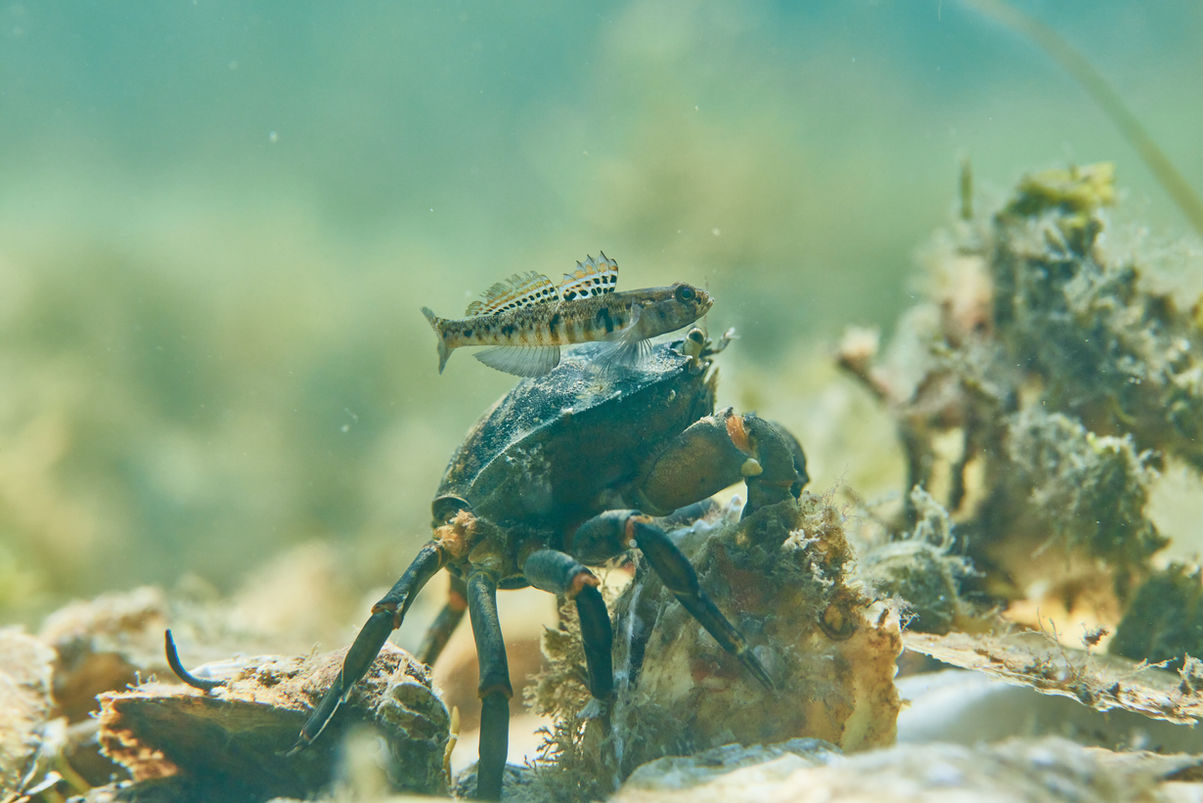Native Oyster Restoration
Native oysters (Ostrea edulis) are “ecosystem engineers”, filtering and cleaning water, sequestering carbon and contributing substantially to inshore biodiversity by creating reefs that become fish spawning grounds and nurseries.
They once existed in giant reefs that covered 1.7 million hectares in Europe, but now they’re so rare that scientists have declared the native oyster reef system “collapsed” and “functionally extinct”.
At Loch Craignish we know from historical accounts, and the large quantity of old shell littering the beaches, they were once abundant, yet our baseline surveys have found only a relic population, around 200 oysters, and most of these are old, and of a non-breeding age.
The project aims to create a population at Loch Craignish which can be self-sustaining in the long-term, and excitingly, in 2024, for the first time, we are seeing clear signs of breeding success (recruitment) - juvenile oysters appearing in significant numbers.

Pictures (from top): Oyster restoration with our local community; a goby in one of our newly restored oyster beds; oyster spat on the bottom of our boat. All images taken at Loch Craignish.
We also have a nursery at Loch Broom, Wester Ross, where we plan to grow 100,000 native oysters annually to restore to the seabed there. Loch Broom’s oyster population has disappeared owing to human predation but also from pollution when the Loch hosted scores of “Klondikers” – mackerel canning ships from the Soviet Union.


Our juvenile native oysters are sourced from commercial hatcheries weighing around 1 gramme. We grow them in our floating nursery until they weigh approximately 12 grammes. At this point they’re big enough to survive some degree of predation from starfish and crabs on the seabed.
After conducting baseline surveys to identify the best release sites with the right substrate, shelter and depth, at a low spring tide our community volunteers broadcast them by hand into the shallows.
We survey the oysters on the seabed annually to see how they’re doing. As a result we know that the newly-formed oyster reefs are already contributing to biodiversity as we’re seeing a 1/3 more species in these areas.

.jpg)

THE HISTORY OF NATIVE OYSTERS
Once native oysters were common and the food of the masses and in the Firth of Forth, outside Edinburgh, 30 million were harvested annually in the 1800s. As a result of human predation, pollution and disease, globally, an estimated 85% of native oyster beds have disappeared. In recognition of their importance for ecosystem health, efforts are now being made to restore native oysters worldwide.
The native oyster (Ostrea edulis) is distinct from the oysters which you normally buy in fishmongers and restaurants. These are non-native Pacific oysters (Crassostrea gigas) and are grown commercially in farms. The native oyster is more slow-growing and generally a far superior beast.

"It's so empowering to restore native oysters and to know we can make a difference." Hannah, Loch Craignish








